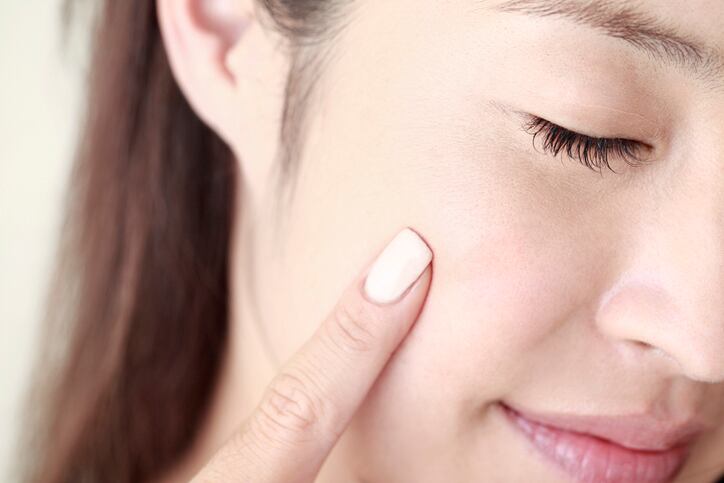The team also hoped to use findings to empower smart scent creations that could offer a psychotherapeutic effect for the wearer.
A team at Portugal's University of Lisbon was conducting research to map brain activity and brain response to certain fragrances, working to create a database of results that provided subjective and objective insight into human response to scents.
“The goal is, in effect, to build a database so when you have a fragrance or a blend, you can predict what the response of our customers will be,” said Hugo Alexandre-Ferreira PhD, associate professor at the University of Portugal.
Understanding sense of smell
Speaking to attendees at this year’s IFSCC Congress in London, UK, back in September, Alexandre-Ferreira said building a database that aimed to quantify sense of smell and fragrance response was important because there was still so much to understand.
“For me, the sense of smell is the most mysterious one,” he said. “For instance, with sight and hearing, you can close your eyes and picture an image and hear the voice of your loved one, but for smell this is different. You cannot voluntarily evoke a sense of smell. Why is that?”
Recent research that was “ever more consensual”, he said, indicated that sense of smell was managed by an olfactory network comprised of three different network stages: a frontal brain network that processed physical interactions of olfactory molecules and olfactory receptors; a salience network that registered conscious response to stimuli; and a final system that processed emotions and memories related to a smell.
“[Sense of smell] is all to do with how these systems are connected.”
Quantifying sense of smell
And so, it was quantifying these connections that was most interesting, Alexandre-Ferreira said.
For more than 100 years, researchers had relied on electroencephalograms (EEG) to record electrical activity of the brain via electrodes affixed to the scalp, he said – a “very powerful technique” that revealed the dynamic workings of the human brain.
However, he said there were a “number of challenges” associated with EEG, namely how researchers could be sure that each brain region response was due to the stimuli being researched. Interpretation of EEG results also remained complex, he said.
What the team at the University of Lisbon was doing, he said, was “looking for quantitative signatures of emotions”. They were, therefore, using EEG and assessing how different brain regions were communicating and how synchronised they were, combined with a self-assessment stage whereby study participants were asked to respond to subjective questions after 10 seconds of exposure to a particular fragrance.
Based on these research methods, Alexandre-Ferreira said the team was able to segregate the different fragrances and identify a “number of strong connections” between brain regions upon fragrance exposure. The team had then digitally mapped these connections – between the theta, alpha and gamma regions – and found that a number had “similar patterns”, he said.
Fragrances for mental health and wellbeing
Moving forward, beyond the goal of building a database that could be used by formulators to predict fragrance response, he said the team ultimately wanted to create a database that could be used to empower the creation of fragrances that offered a psychotherapeutic effect; to target anxiety and even depression. This could become even more interesting, he said, when working with fragranced skin care products because of additional stimuli and thus larger effect on biofeedback.
At the same Congress, South Korean beauty major Amorepacific outlined its ‘mind-linked bathbot’ concept, whereby a personalised bath bomb was formulated according to real-time consumer emotional needs. The technology, initially unveiled at CES 2022, used a wireless headset to identify the emotional state of a user when exposed to certain fragrances and colours by tracking brain waves in real-time. An algorithm then identified the current emotion of that user and recommended a fragrance blend and colours to suit individual needs. Whilst still at concept stage, Amorepacific researcher Gusang Kwon said there was huge potential in using real-time brain activity to develop and advance personalised beauty products.




